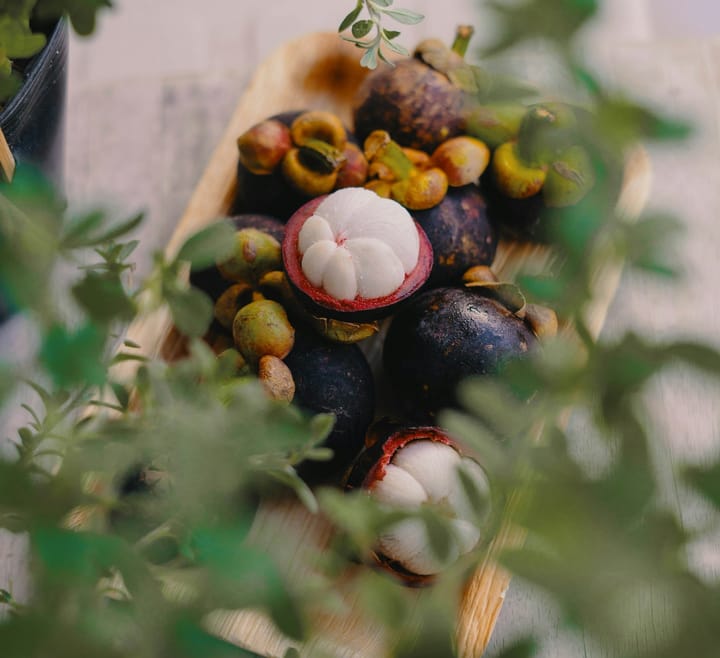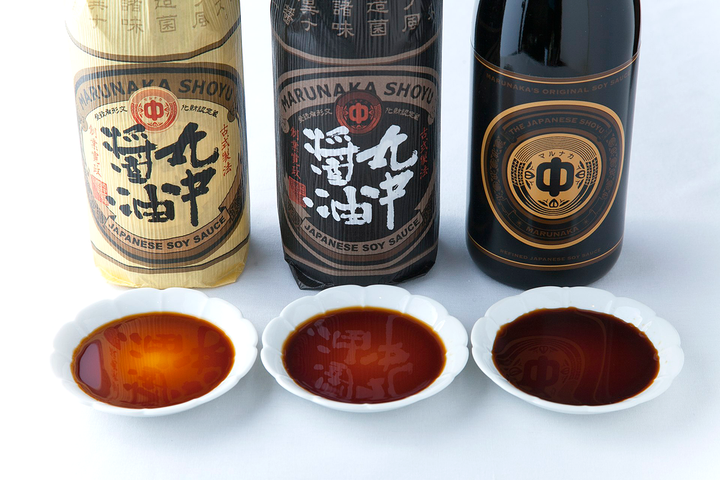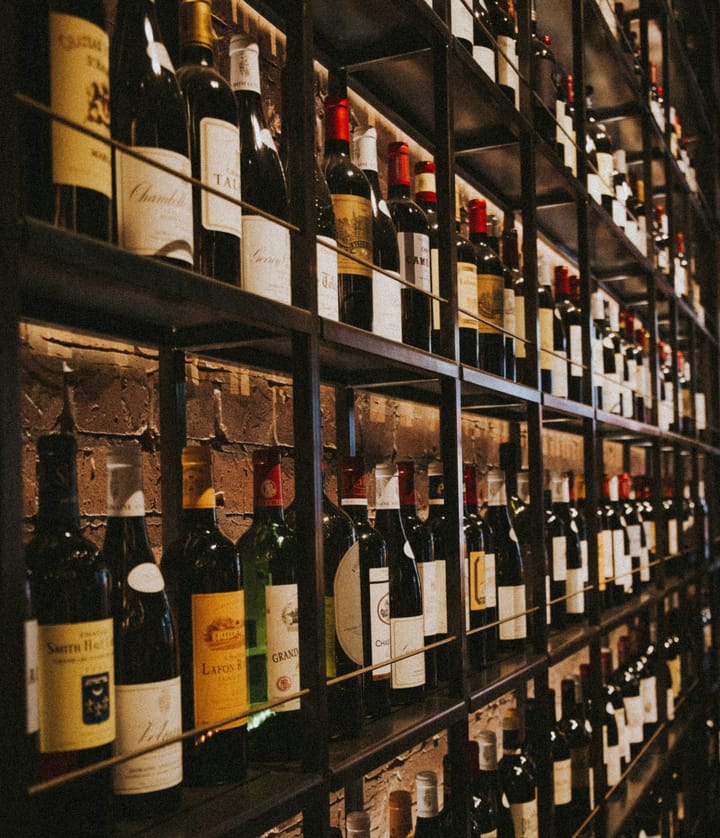Do You Know Which Salmon You're Savoring in Your Sushi?
Salmon's tender texture and vibrant hue make it a sushi favorite, but exploring its diverse types can elevate your culinary experience.

When it comes to favorite fish, salmon often takes the crown worldwide.
Its tender, fatty texture, vibrant hue, and lack of pesky small bones make it a staple in kitchens and restaurants alike, standing out among other fish like shiromi (white-fleshed fish).
Yet, many people don’t stop to consider the specific type of salmon they’re savoring.
This isn’t surprising, as fish species aren’t typically a topic of casual conversation.
However, understanding salmon’s incredible variety can elevate your culinary experience.
In Japan, where the seasons dictate the rhythm of life, even the fish available at markets change throughout the year.
Come autumn, species like Chum, Keta, or Dog salmon signal the season’s arrival as they swim upriver to spawn.
This connection between nature and cuisine underscores the integral role salmon plays in Japanese culture.
Let’s explore salmon’s journey from rivers and seas to plates around the world, diving into its global demand, fascinating varieties, and unique distinctions.
The Global Appetite for Salmon
Salmon is a culinary superstar, with over 5 million tons produced annually to meet worldwide demand.
Astonishingly, aquaculture—fish farming—accounts for more than 80% of this supply.
Among farmed varieties, Atlantic salmon leads the pack with 3 million tons, followed by Rainbow trout at 1 million tons.
These species thrive in aquaculture systems in Norway, the UK, Ireland, Canada, the US, Chile, and other regions.
Rainbow trout, a close cousin of salmon, finds its home in waters spanning Norway to Turkey and Chile.
Other farmed salmon species, though less common, include:
- King Salmon: Prized for its buttery texture and delicate flavor, King salmon is notoriously challenging to farm, requiring pristine water conditions. New Zealand leads the way, producing antibiotic-free King salmon that represents less than 1% of global salmon production.
- Silver Salmon: A staple in Japanese bento boxes, this variety is farmed in Japan and Peru.
- Cherry Salmon: A Japanese specialty, Cherry salmon is farmed exclusively in Japan, often enjoyed in Toyama Prefecture’s famous Masu-zushi.
Wild salmon, on the other hand, offers a different story. Global catches of wild salmon have remained steady over the past four decades, averaging around 1 million tons per year.
The six major species caught include King, Chum, Pink, Silver, Sockeye, and Steelhead trout.
In Japan, wild-caught salmon—especially from regions like Hokkaido and Niigata—is integral to the local diet, though declining stocks of Chum salmon have raised concerns.
From Rivers to Sushi Bars
Salmon’s rise in sushi culture is a tale of adaptation. In the past, pink salmon—Japan’s most abundant species—was deemed unsuitable for sushi due to distribution challenges that impacted freshness.
Today, migratory pink salmon, celebrated for its rich fat content, is a delicacy.
Japan’s sushi menus now feature:
- King Salmon: Known for its luxurious flavor and texture.
- Cherry Salmon: A seasonal treasure with a delicate taste.
- Farmed Atlantic Salmon & Rainbow Trout: Conveniently processed into fillets, these varieties dominate conveyor-belt sushi restaurants.
- Chum Salmon: Particularly prized are out-of-season Chum salmon, known as Tokishirazu or Mejika, for their intense fat and freshness.
Farmed salmon, with its consistent quality and sustainable farming practices, has transformed sushi dining.
It doesn’t require freezing for parasite control, ensuring freshness and flavor. Meanwhile, wild salmon, with its bold and varied flavors, is often reserved for premium culinary creations.
A Sustainable Future for Salmon
As environmental concerns grow, the salmon farming industry is evolving. Land-based aquaculture, which minimizes ecological impact, is becoming more popular.
Innovations in genetic improvements and hybridization are enhancing the quality of farmed salmon, aligning with global sustainability goals.
Farmed salmon boasts a lower environmental footprint than many other fish species.
Its cultivation in controlled environments ensures consistent quality, making it a reliable choice for consumers and chefs alike.
Choosing the Right Salmon
The decision between wild and farmed salmon often hinges on the culinary application.
Wild varieties like Pink, Sockeye, or Silver salmon are celebrated for their unique flavors and firm textures, making them ideal for high-end recipes or gourmet dining experiences.
Their robust taste shines in dishes like cedar-plank grilling, smoked preparations, or elegant sashimi platters.
However, when discussing premium salmon varieties, one cannot overlook the Copper River King Salmon—a true culinary gem.
Hailing from the icy waters of Alaska's Copper River, this salmon is renowned for its exceptional flavor, high fat content, and rich color.
Available in varieties like Sockeye, and Coho, Copper River King Salmon is often considered the pinnacle of wild salmon due to its unparalleled taste and nutritional profile.
Its limited seasonality and challenging harvest conditions contribute to its exclusivity and price, making it one of the most expensive salmon options on the market.
For everyday meals, farmed salmon remains a practical choice, offering accessibility, consistency, and versatility.
Species like Atlantic salmon and Rainbow trout provide a mild flavor and soft texture, making them perfect for everything from quick weeknight dinners to sushi rolls.
The Legacy of Salmon
Salmon’s global appeal lies in its incredible diversity, flavor, and nutrition.
Understanding the nuances of its varieties—whether wild or farmed—can enhance your appreciation for this beloved fish.
Whether you’re enjoying a sushi roll, grilling a fillet, or savoring a seasonal specialty, salmon remains a testament to the harmony between nature and cuisine.
Next time you indulge in salmon, take a moment to reflect on its journey and the rich culinary heritage it represents.
From its origins in pristine waters to your plate, salmon truly embodies the art of taste and tradition.


